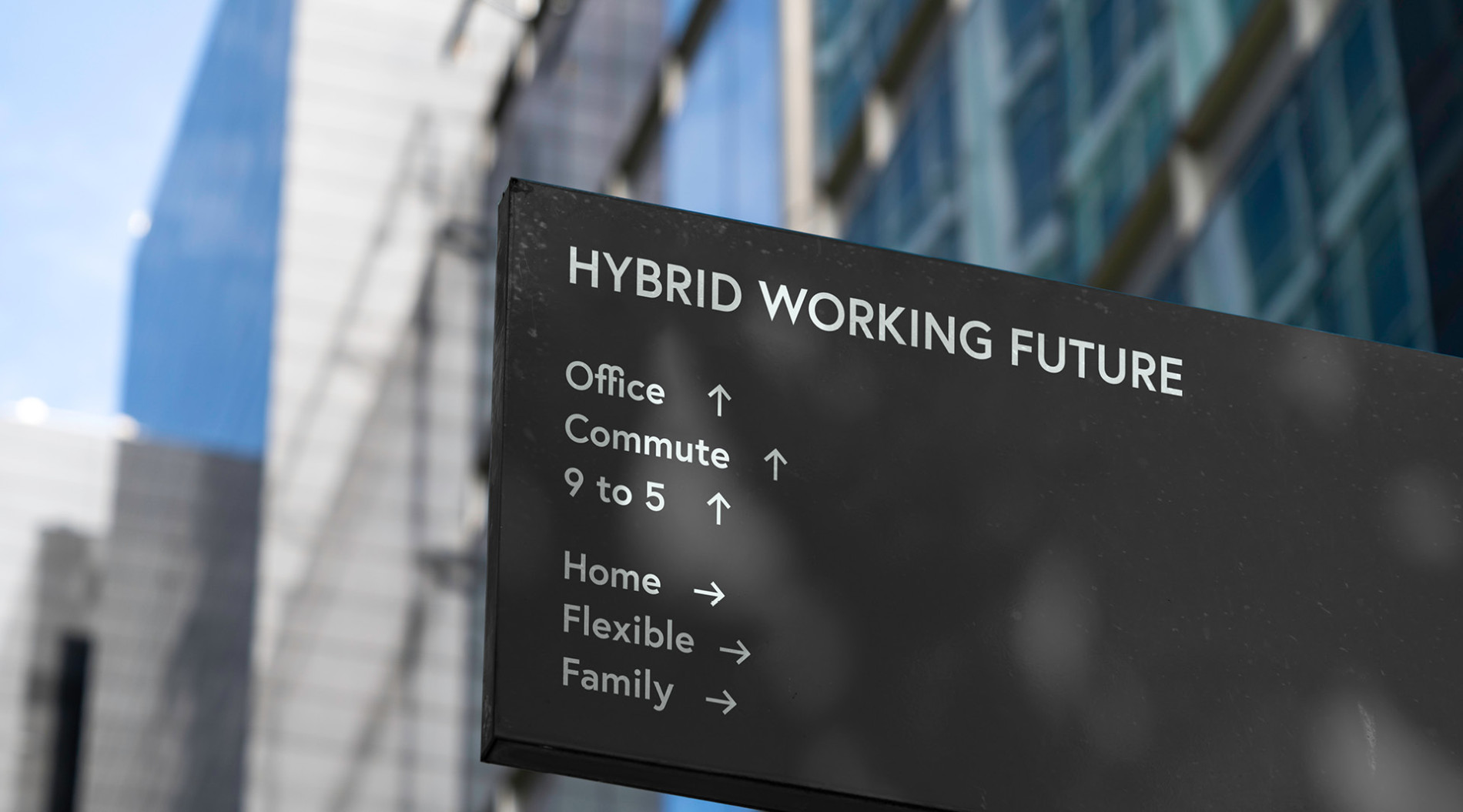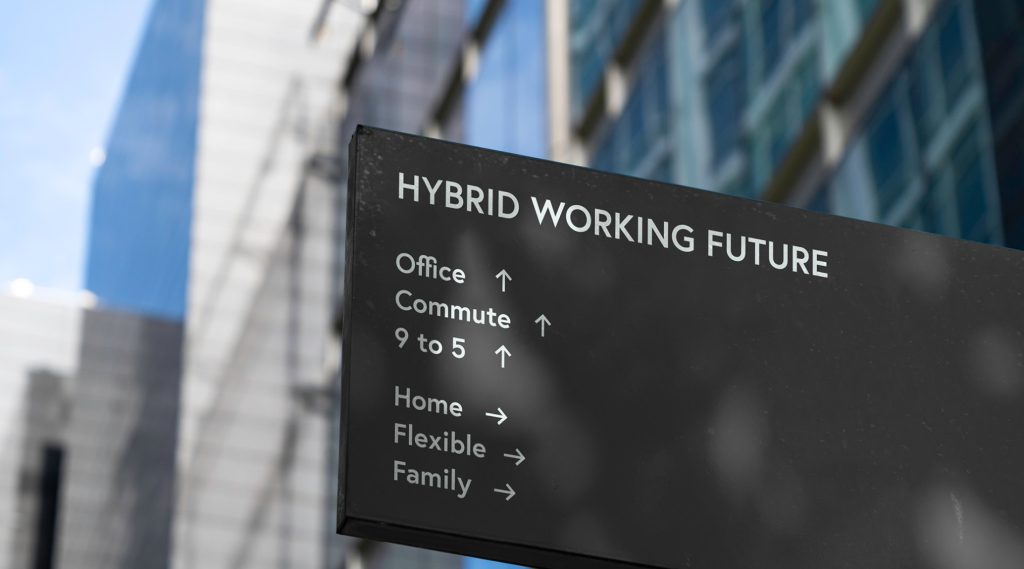How AI Helps to Accelerate Gender Diversity in Hiring
If there is still any uncertainty around the benefits of diversity in hiring in general, and hiring leaders in particular, it should be eliminated by McKinsey & Company’s 2020 report Diversity wins: How inclusion matters. Research cited in the report, covering 15 countries and over 1,000 large companies, demonstrates that organisations with greater gender and ethnic diversity were more likely to outperform in terms of profitability than their peers.
In fact, companies in the top quartile for executive team gender diversity were 25% more likely to have above-average profitability than companies in the lowest quartile. Further, the greater the representation of women executives, the more likely it was that the company would outperform: the least gender-diverse companies were 48% less likely to outperform than companies with the greatest gender diversity.
The gains from gender diversity are irrefutable. So, how can employers ensure that their hiring strategy promotes gender inclusivity? AI may be the answer.
AI’s role in recruitment
There’s no shortage of reasons to include technology in general, and artificial intelligence in particular, in the recruitment process:
- Machine learning and data analytics can access and analyse a vast amount of candidate data in a fraction of the time required by human recruiters, saving time and money, unearthing otherwise ‘invisible’ candidates and reducing the likelihood of error.
- AI-assisted video, chatbots and natural language processing can schedule interviews, screen candidates, collect data, analyse skills and culture fit, provide information and feedback to interviewees, and deliver an improved candidate experience.
- Objectivity eliminates bias. Artificial intelligence has the potential to eradicate completely any bias (possibly unconscious bias in human recruiters) based not only on gender, but also on race, age, disability, sexual orientation, class, religion, education and nationality.
As 2025 approaches – the year by which the World Economic Forum estimated that 85 million job will be displaced by automation, while 97 million new jobs will be created by the robot revolution – artificial intelligence in will be needed more than ever in the recruitment process, to leverage human skills, and to facilitate reskilling and upskilling by identifying attitude and potential rather than just existing capabilities.
Gender bias: the current situation
The Australian government’s Workplace Gender Equality Agency publishes an annual gender equality scorecard. The latest scorecard reveals that, while women comprise 51% of the workforce, they occupy only 35% of key management positions and around 19% of CEO roles.
Women often face tougher evaluation
There’s clear evidence that women in leadership roles are judged more critically than men in comparable positions, even though this may be an unconscious response. A US university study concluded that female leaders were evaluated negatively when compared with their male counterparts, especially in organisations favouring a stereotypically masculine leadership style. This was particularly noticeable when the women were in roles usually dominated by men and when the evaluators were men.
Employers may look for the wrong attributes
At the interview stage, many male candidates may demonstrate higher levels of assertiveness, self-confidence and charisma than most women. These qualities, however, are not necessarily the ones required in effective leaders, who would be better equipped with the emotional intelligence (“EQ”), self-awareness, empathy, communication and collaboration skills that women are more likely to possess, as outlined by Tomas Chamorro-PreMuzic (a Professor of Business Psychology) in the Harvard Business Review.
Gender bias: the AI solution
Artificial intelligence can be made gender-blind and totally consistent
Artificial intelligence does exactly what it is trained to do. Teach it to ignore a person’s gender, and it will do exactly that without question. Instruct it to conduct exactly the same interview – in exactly the same way, with the same questions – for each candidate, and you can be sure that your instructions will be followed. In-person interviews by human recruiters are difficult to standardise. However, interviews conducted using AI technology can be repeated exactly, time and time again, all while collecting data from the interviewee’s responses, behaviour, verbal communication style, gestures, body language and facial expressions, and paying no attention at all to data indicating gender.
This would lead to a much fairer outcome for all candidates, and it could result in more women being shortlisted.
Artificial intelligence can be trained to focus on prescribed attributes
At the same time as being blind to gender, AI algorithms can be trained to recognise predictive indicators of suitability or potential for the role to be filled. If the focus is on true leadership skills, like EQ and communication proficiency, or collaboration competence for positions where teamwork is essential, women would be more likely to appear at or near the top of shortlists usually dominated by self-assured and assertive male candidates.
Algorithm accuracy is critical
Artificial intelligence has not, however, reached a stage of perfection. It has considerable advantages, but there is still work to be done and hazards to be avoided. A useful analogy is the current situation with self-driving vehicles, which attract an inordinate amount of attention if involved in a road accident, totally ignoring the fact that over one million people worldwide die every year in crashes caused by human-driven vehicles.
For example, in a situation where algorithms are based on past successful hires, predominantly male, or future hires predicated on culture fit in an existing male-oriented group, unconscious bias against women could still prevail.
It’s therefore critical that organisations aiming for diversity, inclusivity, and gender parity ensure that their recruitment partners employ artificial intelligence tools that are fair, accurate, and identify true potential rather than merely replicate hiring history.
Like to know more?
Would you like to delve more deeply into how Adecco uses and continues developing its artificial intelligence tools in the recruitment process? Contact us for more information about the ways in which we could help you identify top talent in a way that steers clear of bias.












